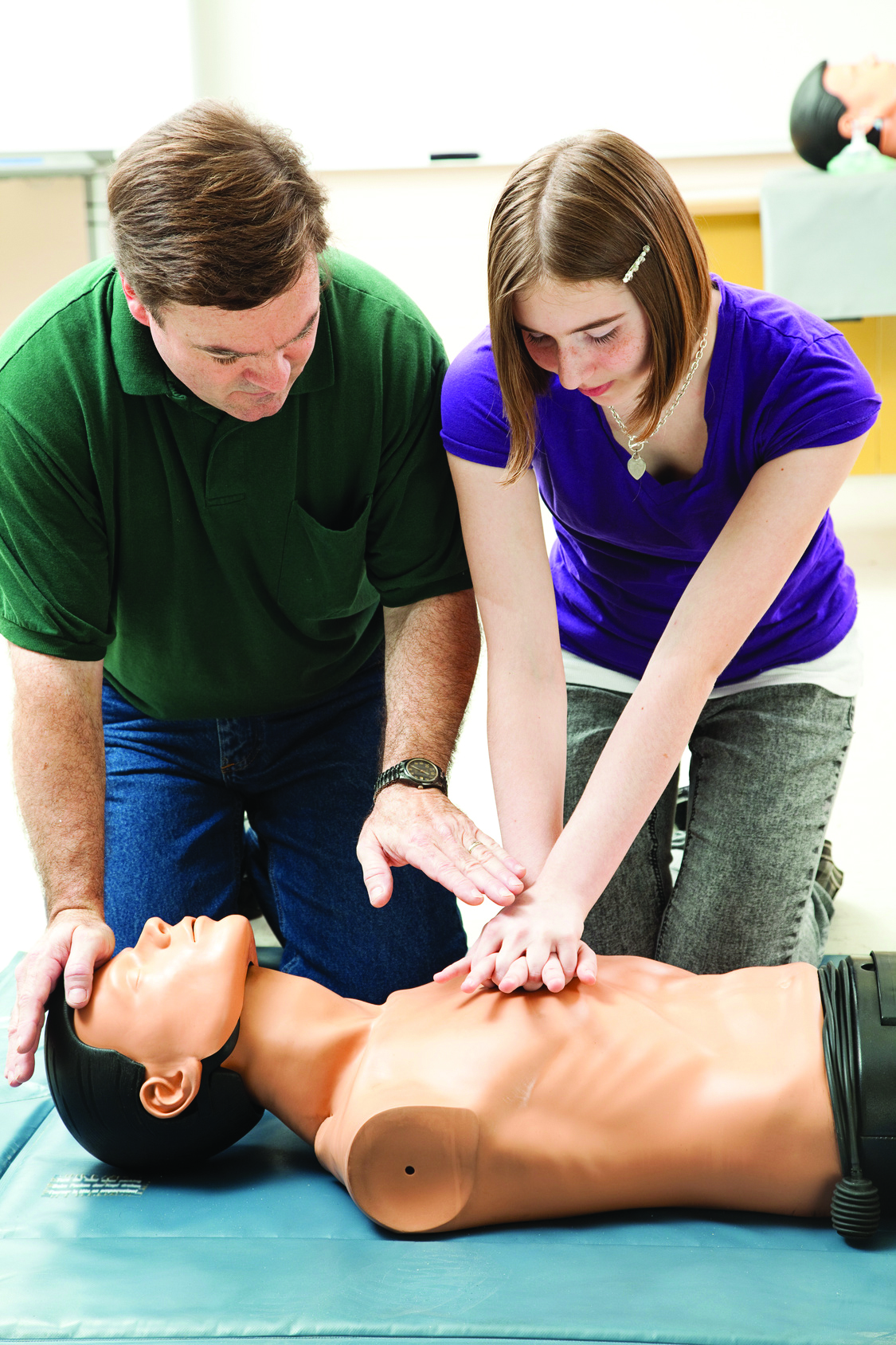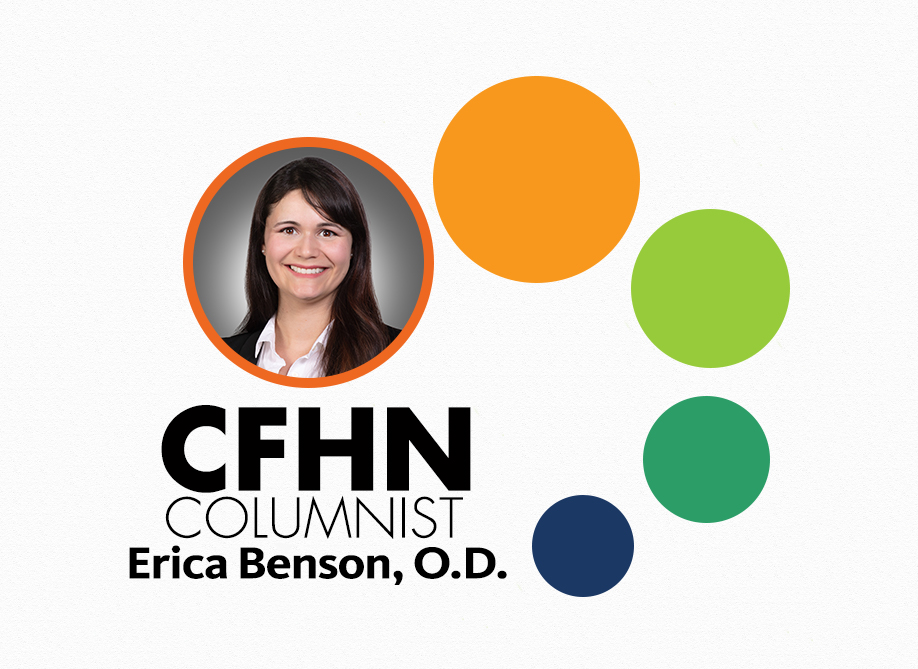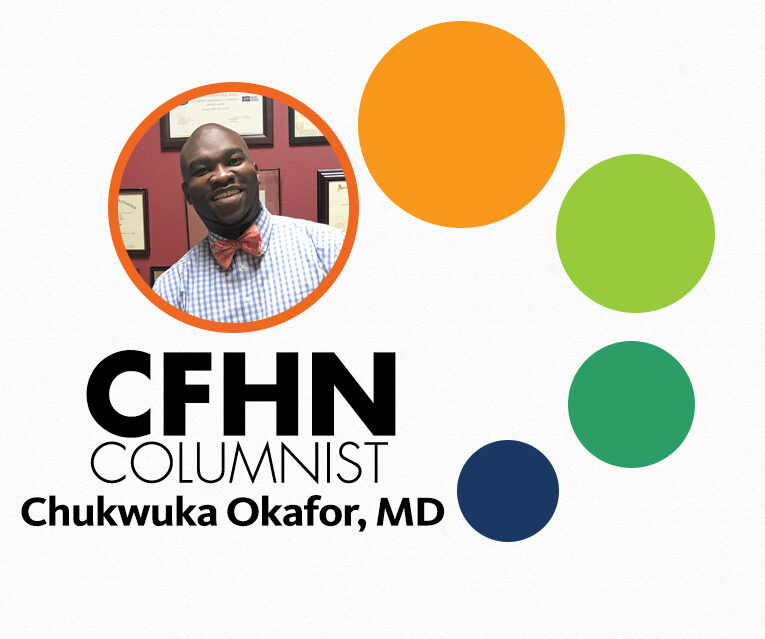
Health News
Features
-
Knowing is half the battle: Gynecological cancers explained
Q&A with Dr. Richard Cardosi on What You Need to Know to Stay—or Get—Healthy Dr. Richard Cardosi, a board-certified gynecologic oncologist and Polk County Medical Association member, provides comprehensive care for women with gynecologic malignancies and complex benign gynecologic conditions at Watson Clinic’s main office. He serves as president of Watson Clinic Foundation, looking for…
-
Are you prepared to save a life?
A Free, Hands-Only CPR Training Event Are you prepared to save a life? Learn about life-saving Hands-Only CPR at the upcoming Citizen CPR event, sponsored by the Polk County Medical Foundation. Citizen CPR is a non-profit agency, founded in 1985 under a mission to train as many people as possible in the basics of CPR.…
-
Educational (but cool) toys for my kids
Healthy Play Time is the Primary Goal with the Latest in Activity Toys and Games The list has gotten longer; the price tags more expensive. It’s the annual adventure for parents around the nation this time of year—finding the ultimate toys that children want and “need” this holiday season. However, a new trend in the…
Columns
-
Myopia Control in the COVID-19 Era
My weekends are admittedly different now. Before my weekends were filled with time spent with friends, in person, but now they are Zoom calls, Brady Bunch style. We hosted our game night online, and we chat while we bake or make dinner. Even at our practice, we are utilizing the ability to work remotely, and…
-
Journey from Initial Opioid Use ???? Opioid Dependence ???? Addiction
There are 16 ounces in 1 pound; but it is true today, as it was when Benjamin Franklin stated that “an ounce of prevention is worth a pound of cure.” A little precaution to avoid/prevent an undesirable condition is preferable to developing a long-term negative situation and dealing with its potential consequences. If you consume…
-
Atrial Fibrillation: What You Need to Know
Atrial fibrillation is an irregular rhythm from the upper part of the heart. It is the most common cardiac arrhythmia. Incidence increases with advancing age, with 1 out of 5 over the age 85 having it. It appears this originates due to spontaneous discharges from pacemaker cells in the pulmonary veins at the point where…




